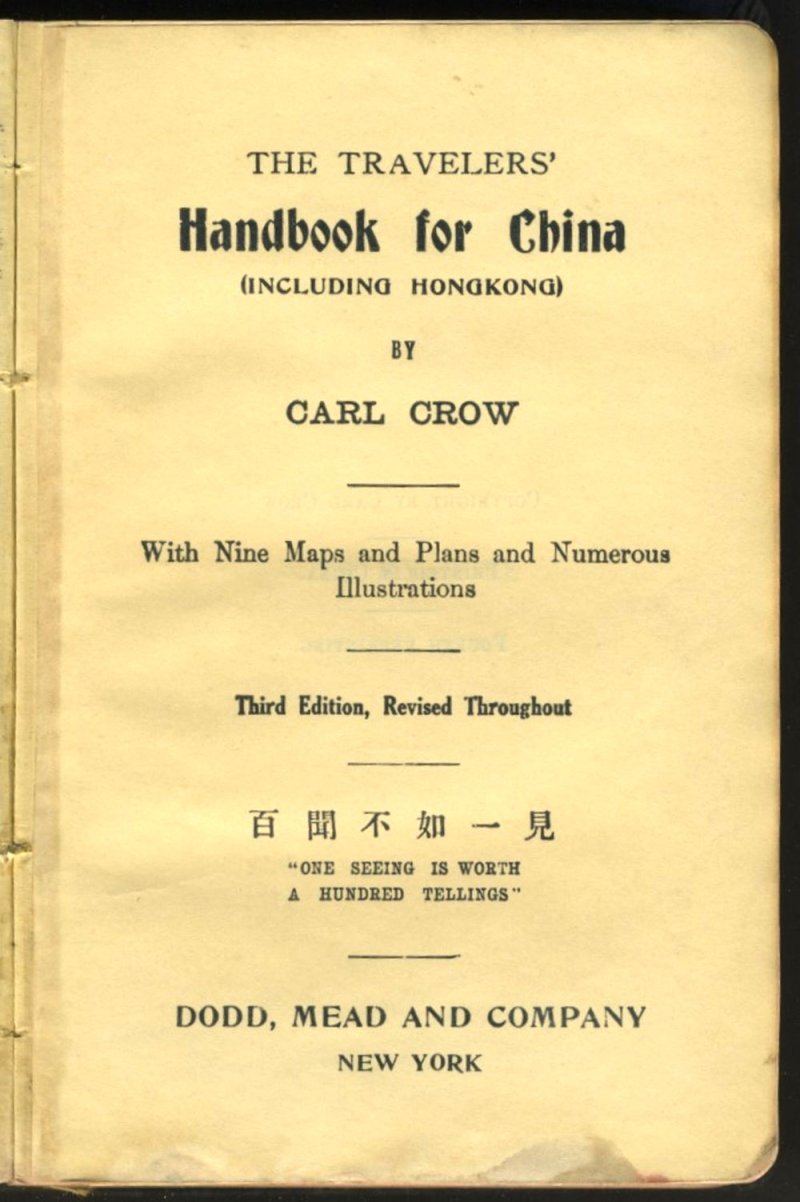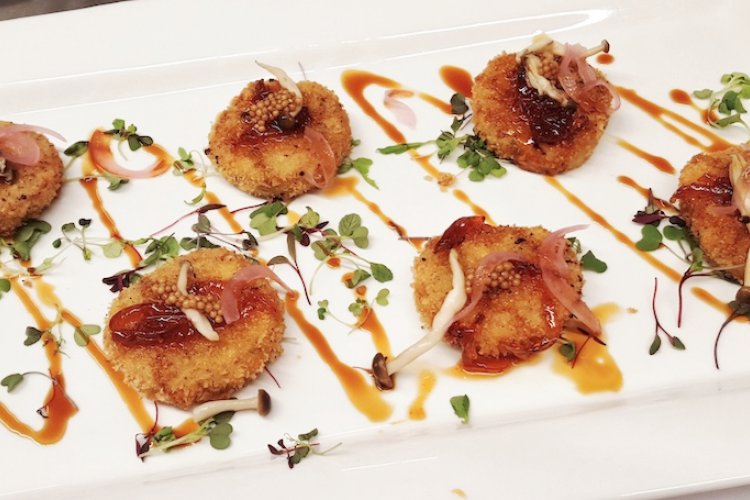Travelers, Trains, and Tartary: China Literary Journeys To Inspire Your Next Adventure
As much as we love exploring Beijing, it’s nice to be able to travel around China again. Since it might have been a minute since any of us did any real traveling, here are a few of the great travelogues by intrepid foreign writers who documented their own journeys through China and beyond.
Peter Fleming was the arguably far more interesting elder brother of Ian Fleming of 007 fame. His book News from Tartary: A Journey from Peking to Kashmir (1936) chronicles the adventurous journey of the elder Fleming and Swiss adventurer Ella Maillart as they travel overland from Beijing to British India, traversing the remote and politically unstable regions of China and Central Asia. Fleming's narrative is occasionally shaken (and stirred) with an unhealthy bit of colonialism, but his accounts of the people and places of Inner Asia remain vivid and highly readable.

Speaking of Central Asia, if there is one food that connects East and West, it has to be the humble noodle. In On the Noodle Road: From Beijing to Rome with Love and Pasta, foodie, chef, and long-time Beijing resident Jen Lin-Liu set out to follow her passion for pasta along the Silk (really, the Noodle) Road from China to Italy. Along the way, she talks to local chefs, home cooks, and food enthusiasts, learning about the history, techniques, and stories behind the dishes they prepare.

Trains are one of the joys of traveling in China. High-speed rail is often more convenient (and always more comfortable) than flying. But taking a train in China was not always so easy…or safe. The Peking Express: The Untold Story of a Train Heist That Shocked the World is a new book by another long-time Beijing resident, James Zimmerman. Due out on April 4, it recounts the true story of a 1923 luxury train hijacked by a charismatic rebel and his band of armed ex-soldiers in Shandong Province. This forgotten episode, known as the Lincheng Incident, is a gritty tale of adventure, intrigue, and survival.

While he never made it to Beijing, American author, journalist, civil rights icon, and poet Langston Hughes traveled to the Soviet Union and China in the 1930s. Hughes’ I Wonder as I Wander details his experiences and adventures as part of an ill-fated film production in the USSR, crossing Soviet Central Asia, meeting Soong Ch’ing-ling (Madame Sun Yat-sen), and his encounters with Japanese intelligence and security forces. Hughes is a witty travel companion, and his perspectives on the non-Western world, and the racism in China at the time, are a refreshing respite from the sometimes snarky and superior tone of other American and European writers in the same era.

The American advertising man and author Carl Crow literally wrote the book for Westerners traveling in China. Every Laowai tourist in the 1920s and 1930s had a copy of Crow’s The Traveler's Handbook for China, a practical guide for Western tourists that offered detailed information on transportation, accommodations, sightseeing, and local etiquette.

Paul French, the author of the well-known Beijing true-crime book Midnight in Peking, has written an excellent biography of Crow. Carl Crow: A Tough Old China Hand. (A Chinese translation is also forthcoming!)
In 1903, American artist Katharine Carl was in Beijing visiting her brother when she received a most unusual commission: paint a portrait of the Empress Dowager Cixi to be displayed at the World’s Fair in St. Louis the following year. For nine months, Carl lived and worked at the Summer Palace and the Forbidden City with unparalleled access to the Empress Dowager and other members of the Qing court. Published in 1905, With the Empress Dowager Of China gives readers a look behind the scenes at two of China’s most famous sites in the days before the tourists took over.

Let these authors and their adventures inspire you as you start to plan your own May holiday and summer break journeys.
About the Author
Jeremiah Jenne earned his Ph.D. in Chinese history from the University of California, Davis, and taught Late Imperial and Modern China for over 15 years. He has lived in Beijing for nearly two decades and is the proprietor of Beijing by Foot, organizing history education programs and walking tours of the city, including deeper dives into the route and sites described here.
READ: Walking With the Lamas: A Quick Guide to Visiting Yonghegong
Images: Wikicommons, Wikipedia, Public Domain, and Author Pages of Jen Lin-Liu and James Zimmerman







